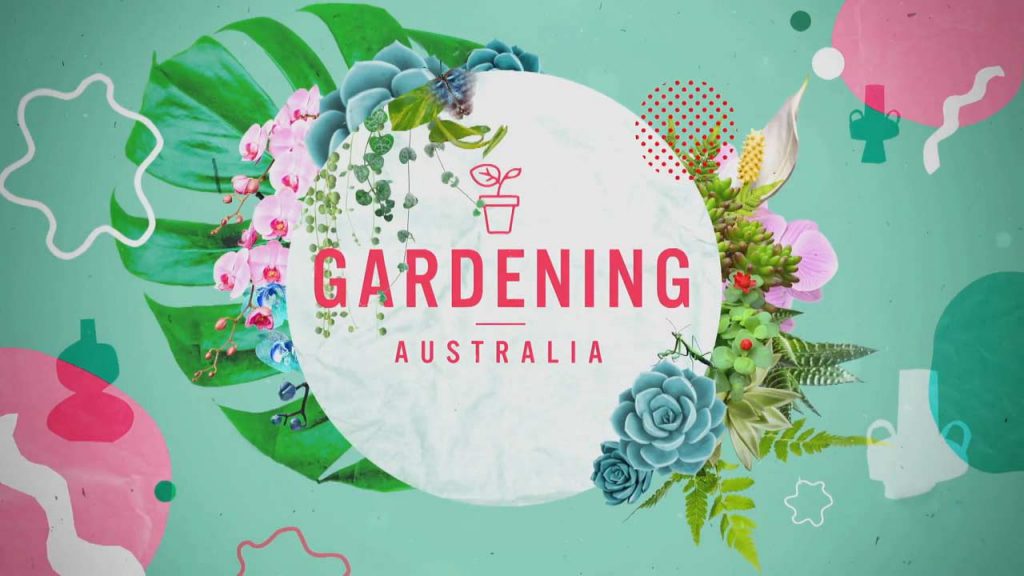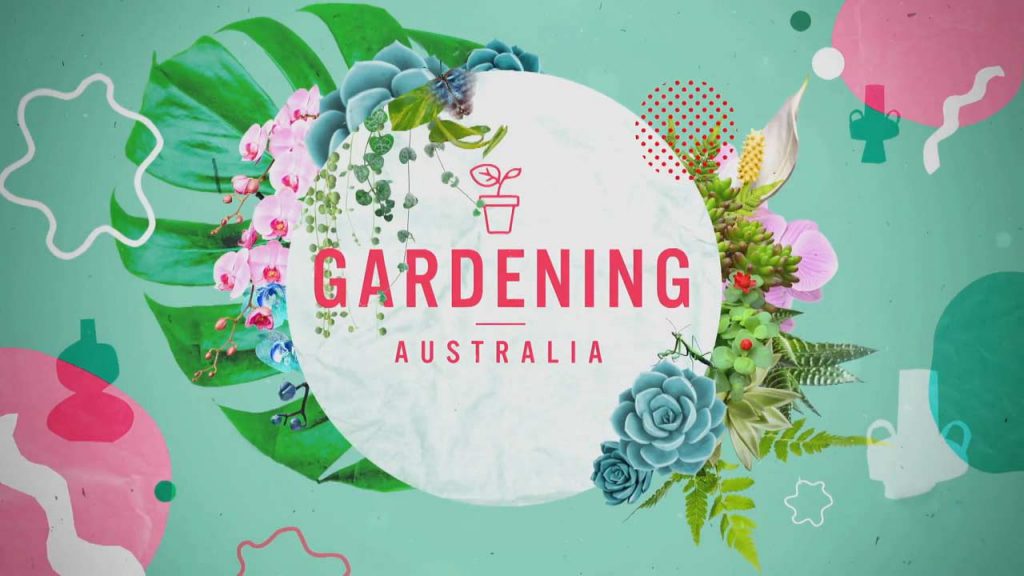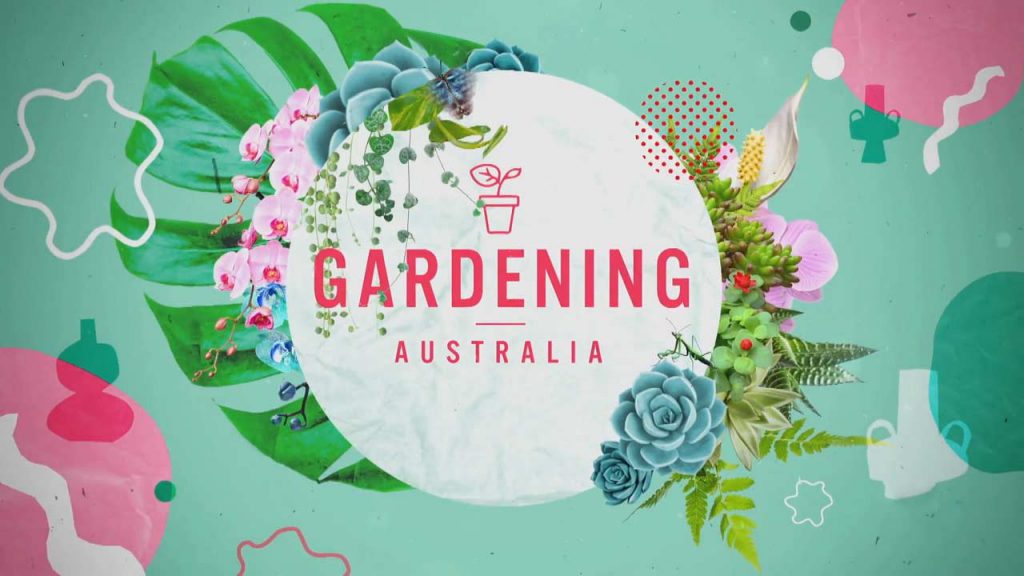Gardening Australia episode 1 2023: Costa learns about plant adaptions’ to climate; Sophie visits a designer’s home; Millie gets stuck into summer jobs; Clarence & Hannah get a garden history lesson; Tammy grows potted dragon fruit; we meet an orchid hybridiser.
Gardening Australia is a popular Australian television program that focuses on gardening and gardening advice. It is broadcast on the Australian Broadcasting Corporation (ABC) and has been airing since 1990. The show is presented by a team of expert gardeners and horticulturalists, who provide tips and advice on a wide range of gardening topics, from choosing the right plants for your garden to dealing with pests and diseases. Each episode also features segments on different gardens and gardening projects around Australia, showcasing the diverse and beautiful gardens found in the country.
Australia is a diverse country with a wide range of climatic conditions, which can make gardening challenging in some areas. However, with the right knowledge and techniques, it is possible to create a beautiful garden in Australia. Overall, gardening in Australia can be rewarding and enjoyable, as long as you choose the right plants and use good gardening techniques. Inspiring, entertaining and full of practical advice, join Costa Georgiadis and the team as they unearth gardening ideas, meet avid gardeners and look at some of the most inspiring gardens from across the country.
Gardening Australia episode 1 2023
Landscape Lookbook
Sophie is at Aldgate in the Adelaide hills to visit the home and garden of Jamie McIlwain, a career landscaper who’s been in the game for over 30 years. So what does someone who works day-in-day-out creating beautiful gardens for other people do with their own garden? Across the roughly ½ acre site, Jamie has spent 15 years (and some blood, sweat and tears) creating a garden that is not only truly impressive in scale and function, but serves as a reference book to show clients exactly what can be achieved in their spaces, and what various features will look like.
“l thought if l could build a garden that had a lot of the elements l use regularly in my gardens, l could just show them one garden instead of showing them many. Of course, building one garden with everything is impossible, however l have constructed a cohesive garden that displays a multitude of different aspects.”
From the street you immediately know there’s some serious gardening going on here. A beautiful, soft, semi-formal meadow-style garden grabs the attention of any foot traffic. The planting here is low-care species like sedums, salvias and Agastache that Jamie describes as “upright and pretty”. “It’s a soft colour tone of pinks and whites”. There’s also scattered trees to replace the pines, canny picks chosen for their highly ornamental nature; a ginkgo, a “crimson sentry” maple and a wychwood crabapple.
The entrance to the property is marked by a horticultural exclamation point. Grafted standard liquidambar (cultivar ‘Gumball’) provide visual contrast for an underplanting of various different-coloured cultivars of Buxus, tightly clipped into round balls.
“There’s not a person who walks past and doesn’t stop and stare at that planting” jokes Jamie. “I clip them twice a year, and I spend a good 10 minutes on each one, but they still look good even when they’re fluffy”. He says structural plantings like this form the “backbone and year-round interest” in a garden, to be complimented by seasonal interest.
Sign of the Climes
Sitting with an old tree you can start to imagine what it’s lived through and how the world has changed around it. You can also imagine its future. What will it witness over the next 100 years or so? How will it hold up as it feels the climate around it change? All over the world policy makers and communities are planning for a climate change impacted future, figuring out what needs to happen to make sure we have our needs met, and cities with healthy green spaces are a very strong need.
Clare Hart is the manager of Horticulture at the Melbourne botanic gardens and one of the people ensuring the collections adapt fast enough to survive into the future. She says, predicting future climates “depends on what we do in mitigation works”. If Melbourne experiences an increase in temperature “maybe one, two or three degrees warmer. We’re looking at something like modern day Dubbo.”
Long-term planning is a hallmark of a good public garden but in a rapidly changing climate, it might look different to what it would have been ten to twenty years ago. During the millennium drought of 1997 to 2009, Melbourne Botanic Gardens made major changes to their water management plan and saved about 40% of their potable water use. A climate risk assessment report was commissioned by the gardens with the University of Melbourne to understand what was happening in the living collections.
Summer Jobs – Gardening Australia episode 1 2023
While a winter prune will stimulate vigorous growth, pruning in late summer will create a more modest response. This allows you to shape trees to a harvestable height or create the form you want. There is a fruiting ‘Stella’ cherry in the garden is now in its 4th year. It has been pruned over a few years at different times, to create an open vase shape with relatively even limbs. But now it’s time to focus on fruit!
Cherries have pithy, hollow stems which are susceptible to diseases, so be sure to use sharp tools and make an angled cut above the bud. Start by removing any damaged or broken growth. Then shorten the vigorous upright growth, cutting 2-3 buds above a fruiting spur. By removing this vegetative growth, the trees energy will be pushed into the flowers and fruiting buds. Reducing the size will also make it much easier to net and harvest from the tree.
Every moment that you spend in the garden, is another chance to observe and learn, particularly when things go wrong! And despite Millie’s obsessive efforts, things regularly do. The cherry tree is suffering from a common pest problem, known as pear & cherry slug, the larvae of black sawfly, Caliroa cerasi. As a soft bodied larva, they are susceptible to many simple controls such as wood ash or lime dusted directly onto the foliage. Repeat this action again in about 3 weeks to stop the larvae completely defoliating the tree.
This year the tomato crop is only just coughing along, reaching a reasonable height but with sparse and patchy foliage growth. Tomatoes can suffer a huge range of fungal and bacterial problems, particularly in periods of cool wet weather. Spots started on the lower leaves, and on one plant, also occurred on the fruit. Millie suspects it is Early Blight, a fungal infection Alternaria, also called ‘target spot’ which describes the concentric rings around some of the spots.




